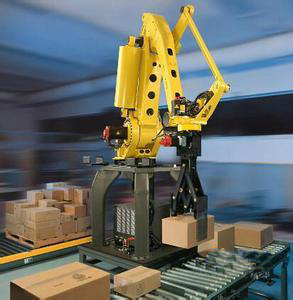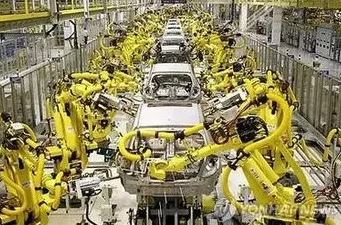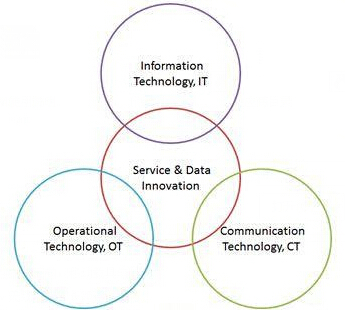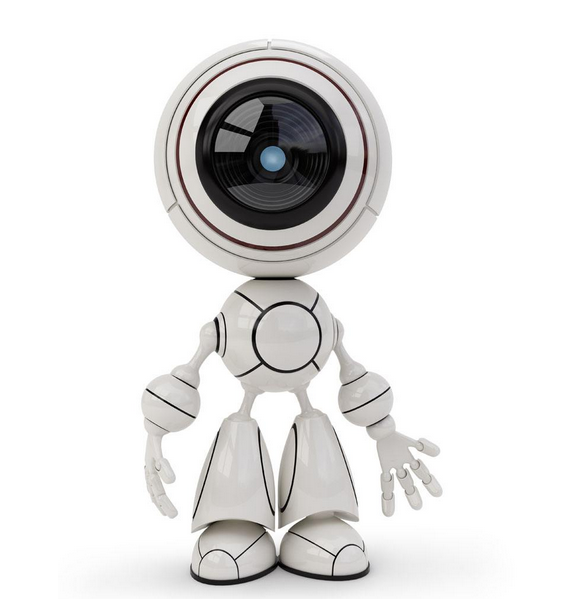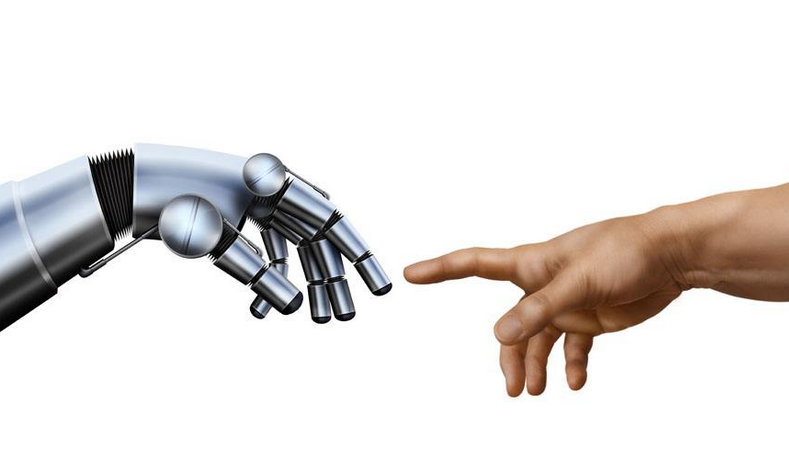The development of China's robot industry is becoming increasingly clear
China's robot industry has made remarkable achievements in recent years, and new products and new technologies are constantly emerging. At the same time, with the support of central policies, many local governments have also taken effective policies and measures in conjunction with local industries, making the development of the local robot industry increasingly clear.
Recently, on the occasion of the 108th anniversary, Tsinghua University created the world's first Chinese-style robot band "Ink Armor" to unveil to the outside world, rowing drums "Kaiyang", bamboo flute "Yuheng", and "Yaoguang". Yi Yi fluttered and performed the stage musical "The Ink Armor" in Tsinghua Garden; the First Affiliated Hospital of Sun Yat-Sen University said recently that the 70-year-old man suffered from ampulla and needed the most complicated operation of the pancreas. For the resection of the bowel, the elderly and their family members chose the Da Vinci robotic surgery. The intraoperative bleeding was only 50 ml. The postoperative recovery was smooth. The third day began to eat liquid ...
With the continuous development of technology, the skills of robots have been continuously improved, and the scope of application has become more and more extensive. In addition to showing their talents in emerging fields such as medical care and music, robots are becoming more and more important in traditional industrial fields. Data show that by the end of 2018, Dongguan City, which has been suffering from the difficulty of recruiting workers, has already used 8,000 industrial robots. More and more companies are looking forward to using automated equipment, and many companies are building automated production lines, even fully automated unmanned production lines.
"Robots are not only the representative industry of advanced manufacturing, but also an important support for the high-quality development of manufacturing. At the same time, they are also an important entry point for improving the human lifestyle. Robots have broad market space and development prospects, and they also face rare development opportunities." At the recent press conference of the 2019 World Robot Conference, Luo Junjie, deputy director of the equipment department of the Ministry of Industry and Information Technology, said.
I. China's robot industry has achieved remarkable results in welcoming opportunities
At present, with the emergence of a new round of global scientific and technological revolution and industrial transformation, cross-border integration of industries is becoming increasingly apparent, and manufacturing models and enterprise forms are undergoing major changes. The digitization, networking and intelligence of manufacturing have become the development trend. Countries have prioritized manufacturing in their economic development strategies. For example, the United States recently released the "Leadership Strategy for Advanced American Manufacturing", Germany released the "National Industrial Strategy 2030", and Japan proposed the "2018-2019 Comprehensive Innovation Strategy".
"The common point of these measures is to vigorously promote technological innovation, accelerate the development of advanced manufacturing, improve the overall productivity of the whole society, and have similarities and differences with China's promotion of high-quality development of manufacturing." Luo Junjie said that robots as an advanced manufacturing industry Representative industries have broad market space and development prospects, and also face rare development opportunities.
Luo Junjie said that in recent years, the Ministry of Industry and Information Technology, in conjunction with relevant departments, has comprehensively implemented policies, led by innovation, driven by demand, and led by enterprises, giving full play to the decisive role of the market in resource allocation. Promote the robot industry to achieve certain results in the areas of core technology research and development, industrial chain construction, application field expansion, and regional cluster development.
For example, in the Beijing Economic and Technological Development Zone, more than 170 intelligent robot companies and institutions have been gathered. The average annual growth rate of the number of enterprises has reached 70%, and the industrial proportion accounts for more than 5% of the country. The robot industrial chain in the park is complete, covering There are 83 complete machine companies including FESTO, Yaskawa, Harbin Institute of Technology special robots, 46 parts manufacturing companies including SMC and Zhitong, and 39 supporting companies and institutes including automation solutions and Schneider.
"Beijing Economic Development Zone has established first-mover advantages in industrial robot system integration, special robot R & D and production, cutting-edge artificial intelligence technology, robot certification testing, etc., and has played an application demonstration and important support in the intelligent manufacturing fields such as electronics, automotive, and medicine. Role. "Sheng Licheng, deputy director of the Beijing Economic and Technological Development Zone Management Committee.
Second, China's robot industry development challenges still need to be addressed
On the whole, China's robot industry has made remarkable achievements in recent years. New industrial robots such as human-robot collaborative robots and cloud intelligent robots are constantly emerging, and the technological level of key components continues to improve. The product types of service robots such as surgical robots are becoming more and more abundant, and the application fields are rapidly expanding.
According to the statistics of "China Internet + Robotics Industry Market Demand Forecast and Investment Strategic Planning Analysis Report" released by Foresight Industry Research Institute, the size of China's robot market has reached 2.38 billion US dollars in 2013, and the size of China's robot market reached 8.74 billion US dollars, an increase of 25.9%. At the same time, the proportion of Chinese robots in global robots has risen, accounting for 26.97% in 2017 and reaching 29.31% in 2018. From 2013 to 2018, the average annual growth rate of China's robot industry is close to 30%.
Industrial robots have always dominated the robot market in China, accounting for 71.28% in 2018, a slight decline from 2017 (73.78%). The proportion of service robots continued to rise, reaching approximately 21.05% in 2018. The market share of special robots has been relatively stable, remaining around 8%. As of the end of 2018, China's industrial robot output reached 147,682 sets, a year-on-year increase of 4.6%. China has become the world's largest robot application market for 6 consecutive years.
Statistics of China's Robot Market Size, 2013-2018
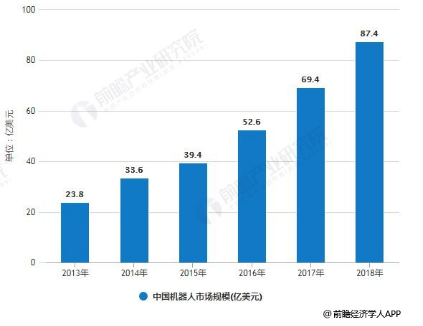
China's three major robot types market share statistics in 2018
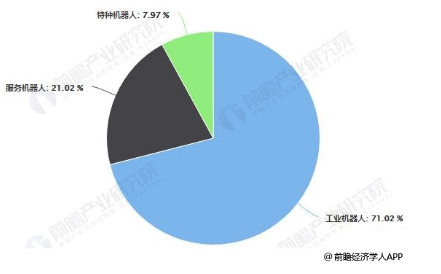
Despite this, Luo Junjie admitted that China's robot industry is still facing many new challenges, such as the core technology has yet to be broken through, the application field needs to be expanded, and the legal and regulatory system needs to be improved.
Three or four strategies to promote high-quality development of the Chinese robotics industry
1. To enhance innovation capabilities
Encourage and support industry-university-research collaboration, make full use of the National Robotics Innovation Center, and carry out research and development of key common robotics and cutting-edge technologies closely around key links in the industrial chain. Focus on improving the maintainability, reliability, and service life of key robot parts and the entire machine. Strive to improve the quality of product supply and promote the application of high-end robots.
2.Regulating industry development
Further implement the industry's standardized management, and promote enterprises to improve their technological level. Continue to improve the robot detection and certification platform, formulate technical standards that are urgently needed by the industry, guide the improvement of product quality, and enhance users' confidence in using robots.
3. Improve standards and regulations
With the development of robots, especially the widespread application of artificial intelligence technology, robot safety, ethics, and other issues have gradually emerged. The Ministry of Industry and Information Technology will work with the relevant departments to plan ahead and study and develop standards and laws and regulations on robot safety ethics. The innovative application of robots creates a good development environment.
4. Strengthen open cooperation
China's manufacturing industry should be open to innovation and promote the high-quality development of the robot industry. It must also adhere to the path of openness, cooperation, and win-win, implement various open cooperation policies, and create a good environment for all types of enterprises to participate in market competition on an equal basis. "We have to work with colleagues from all over the world to meet the challenges and jointly promote the high-quality development of the robot industry." Luo Junjie said.
Fourth, the local force
In order to promote the further development of the robot industry, various places have also made active efforts.
















 RCCN WeChat QrCode
RCCN WeChat QrCode Mobile WebSite
Mobile WebSite